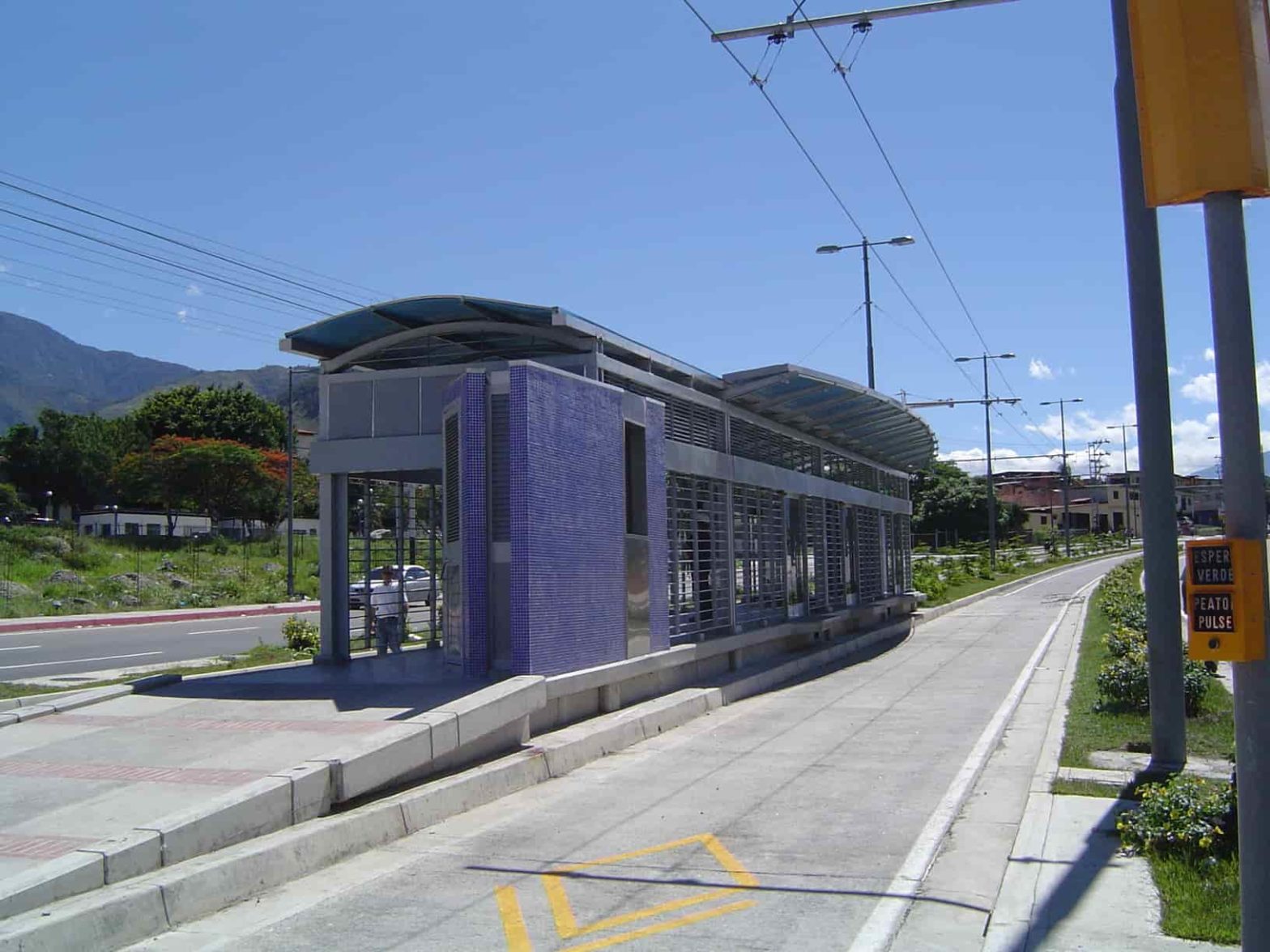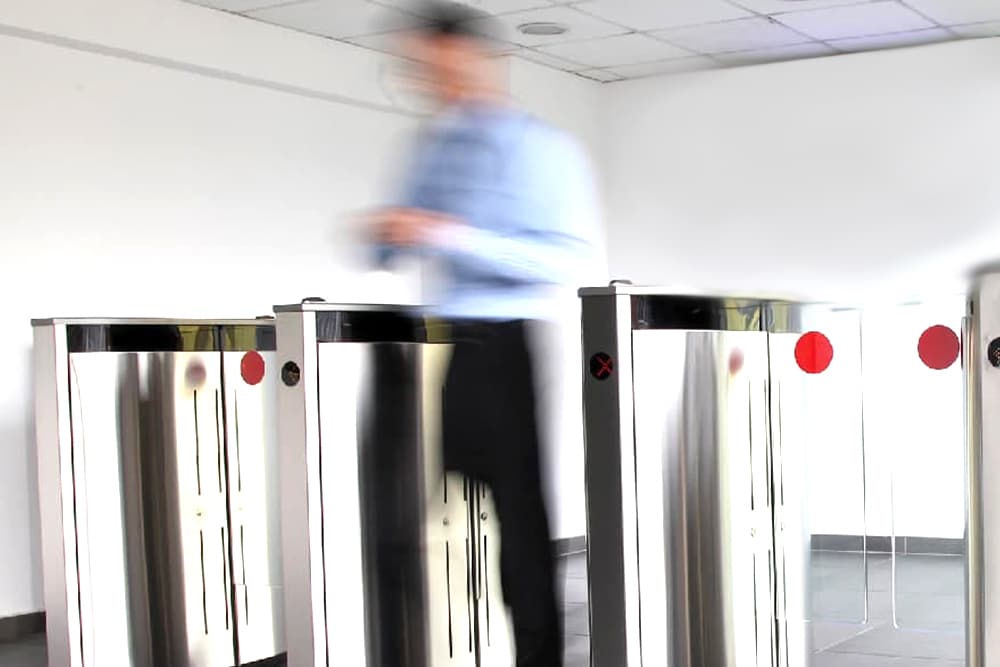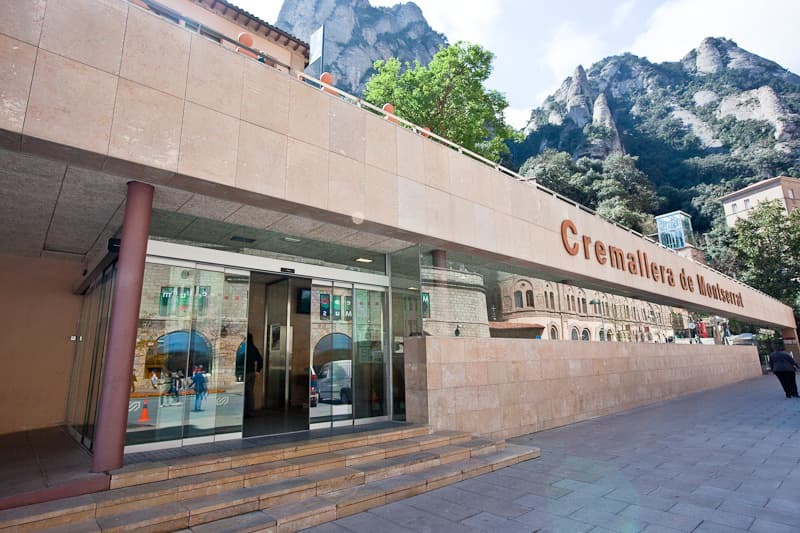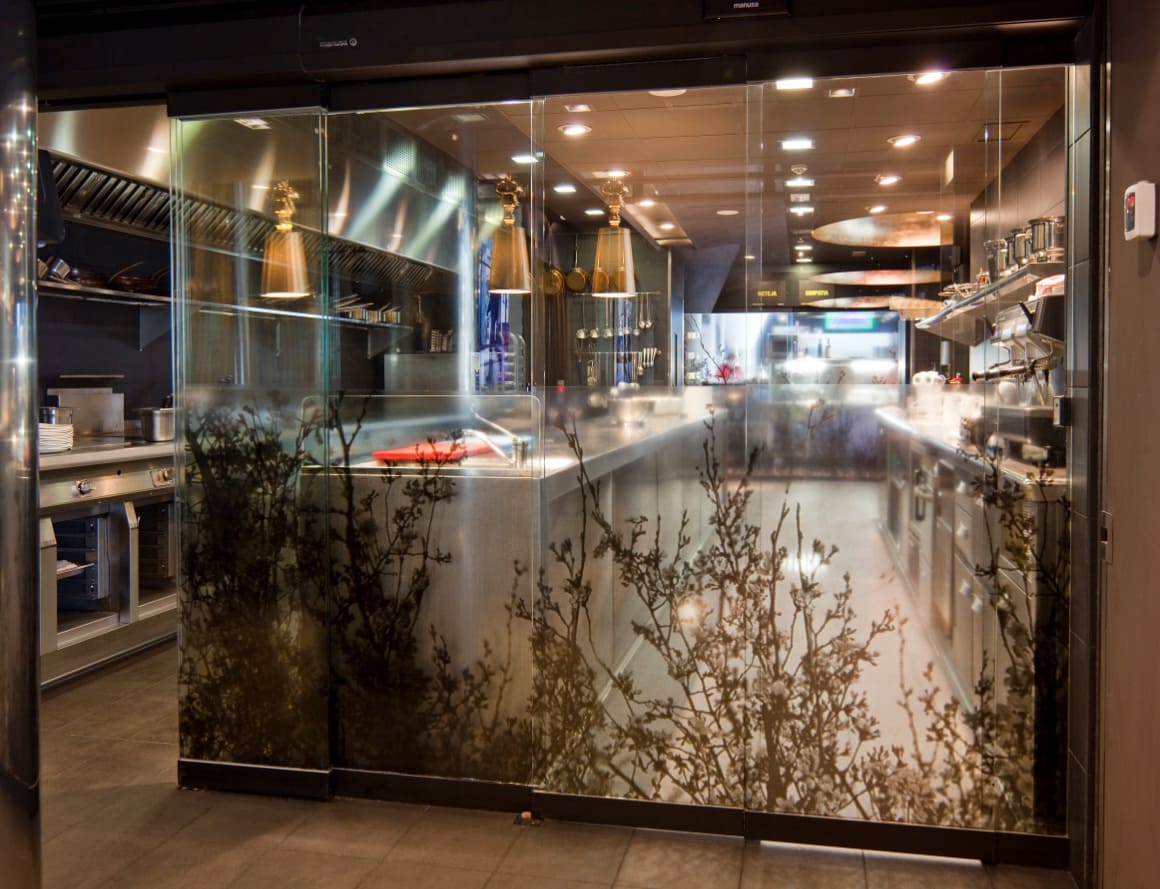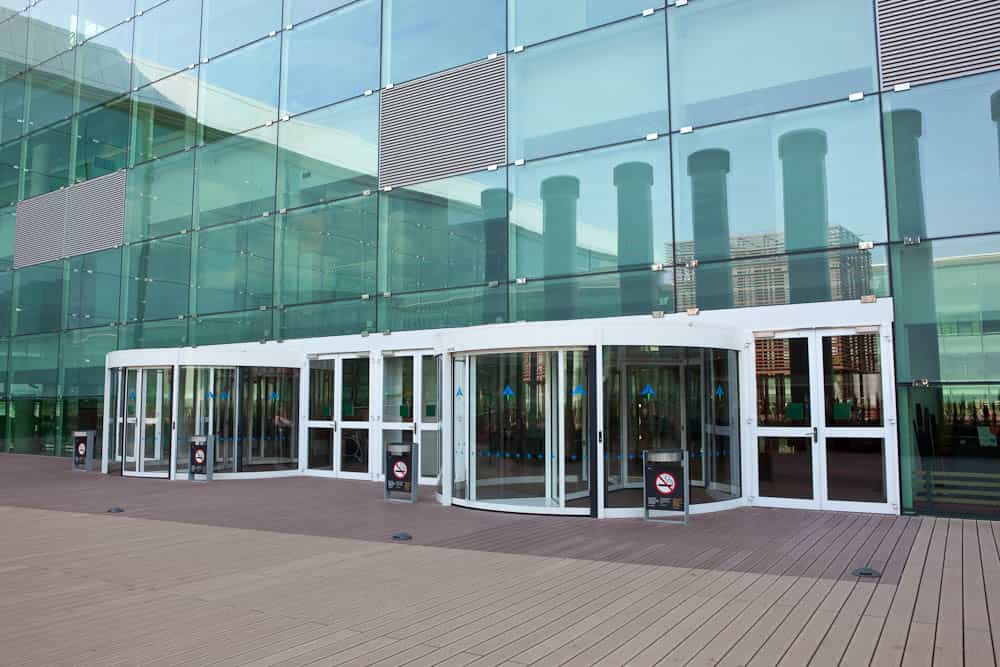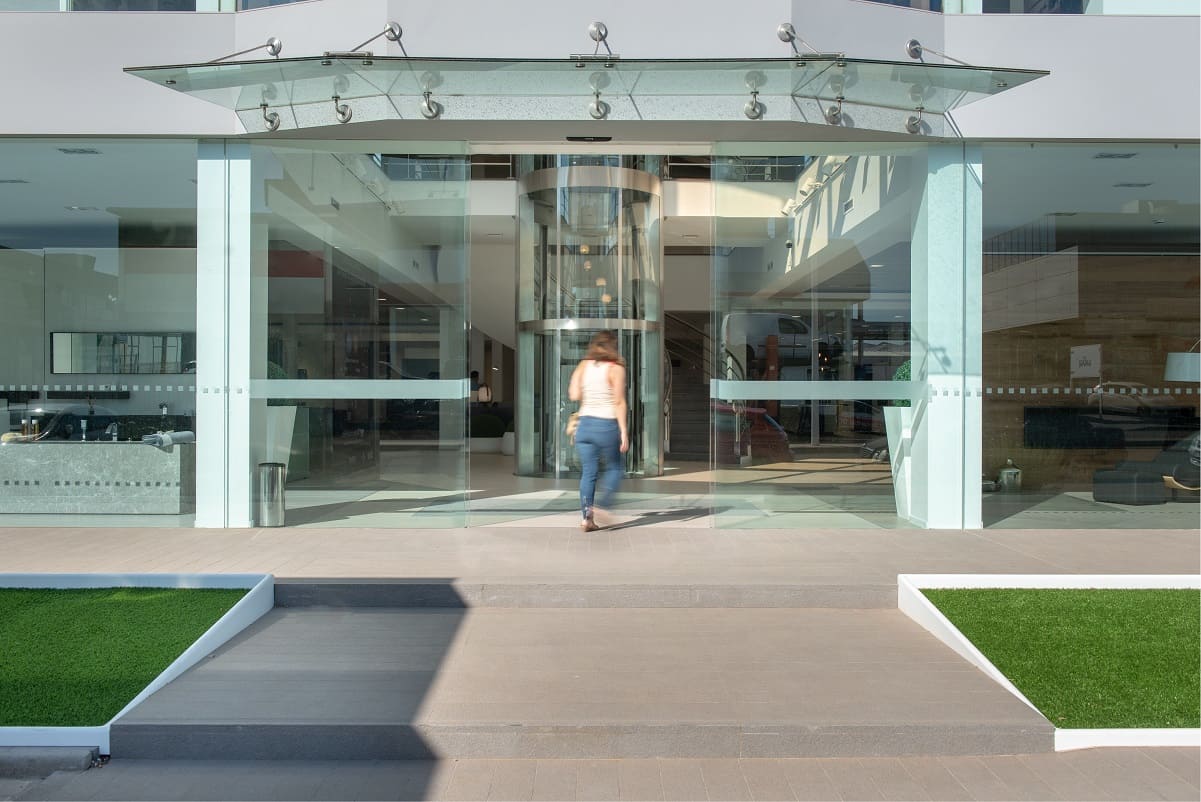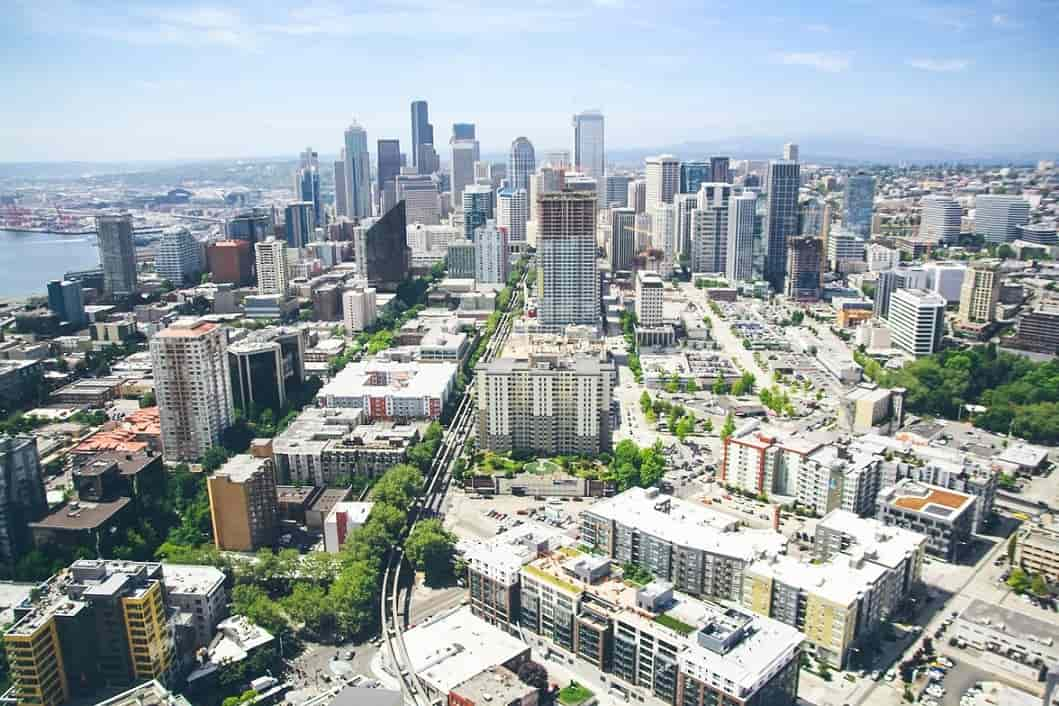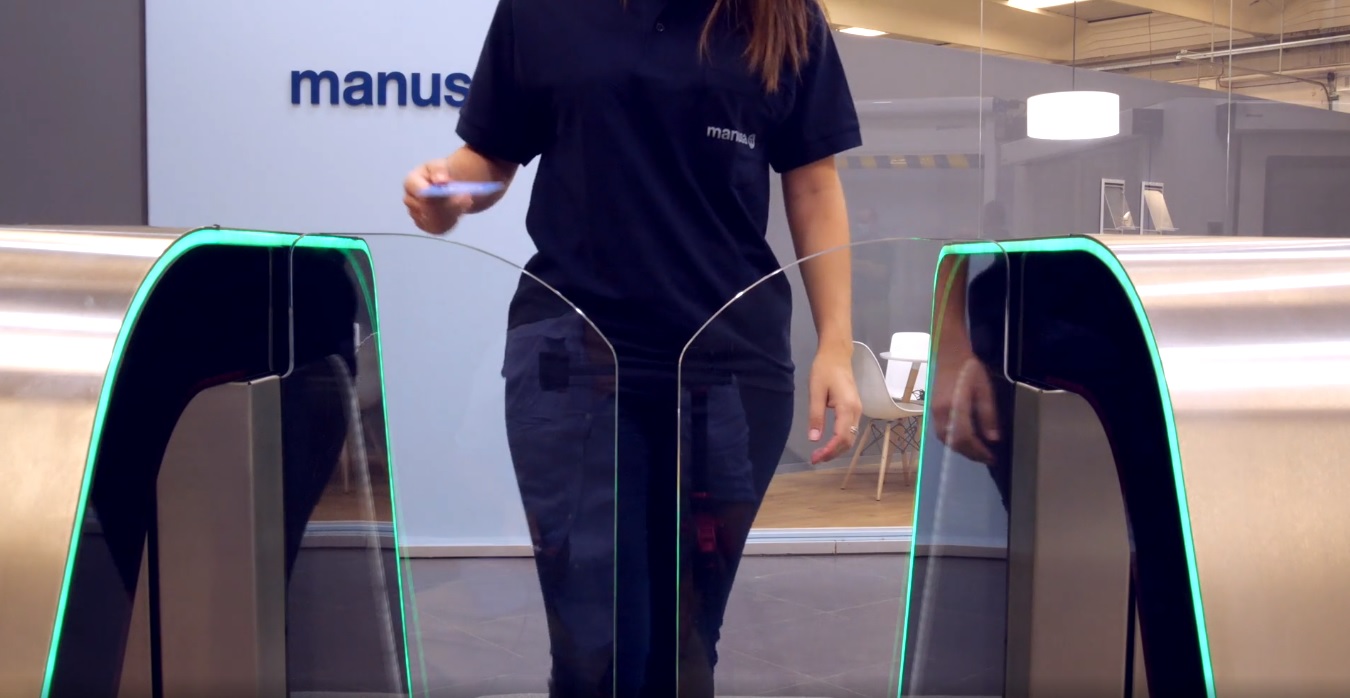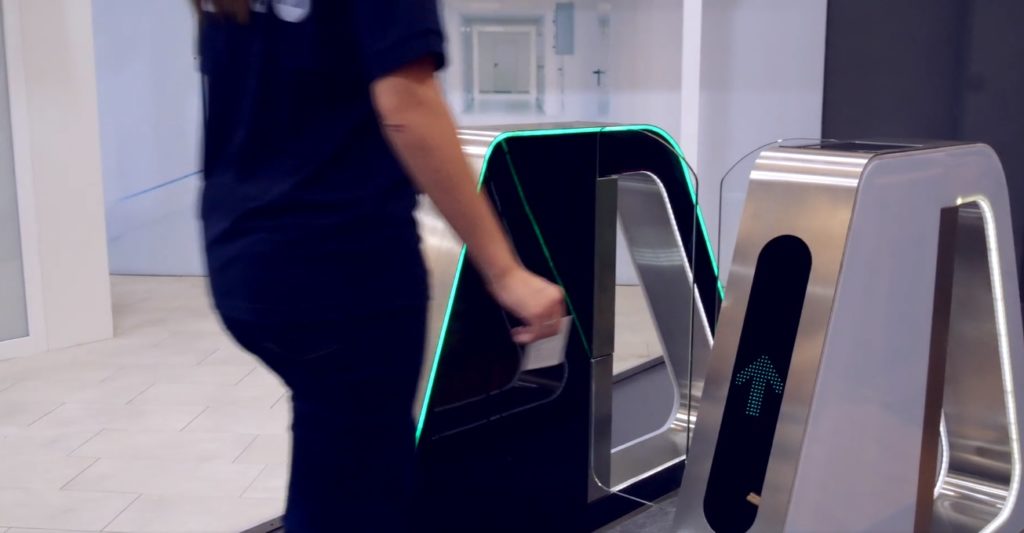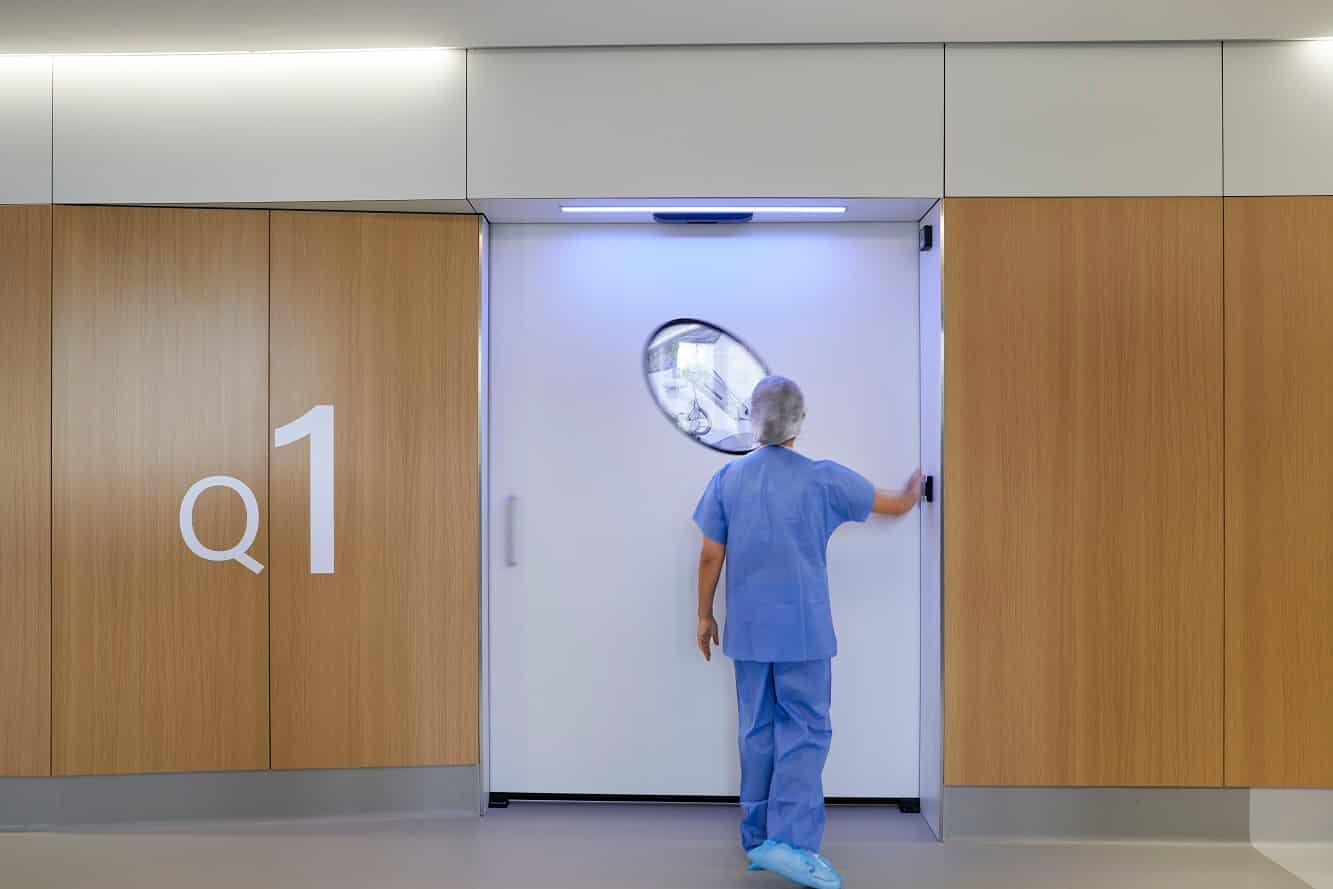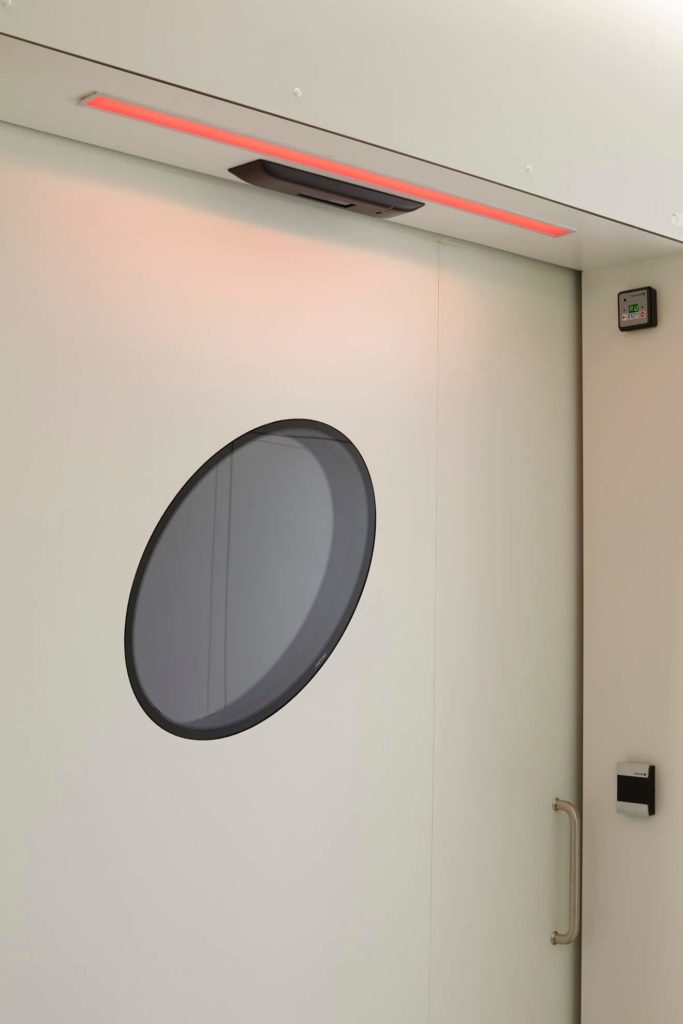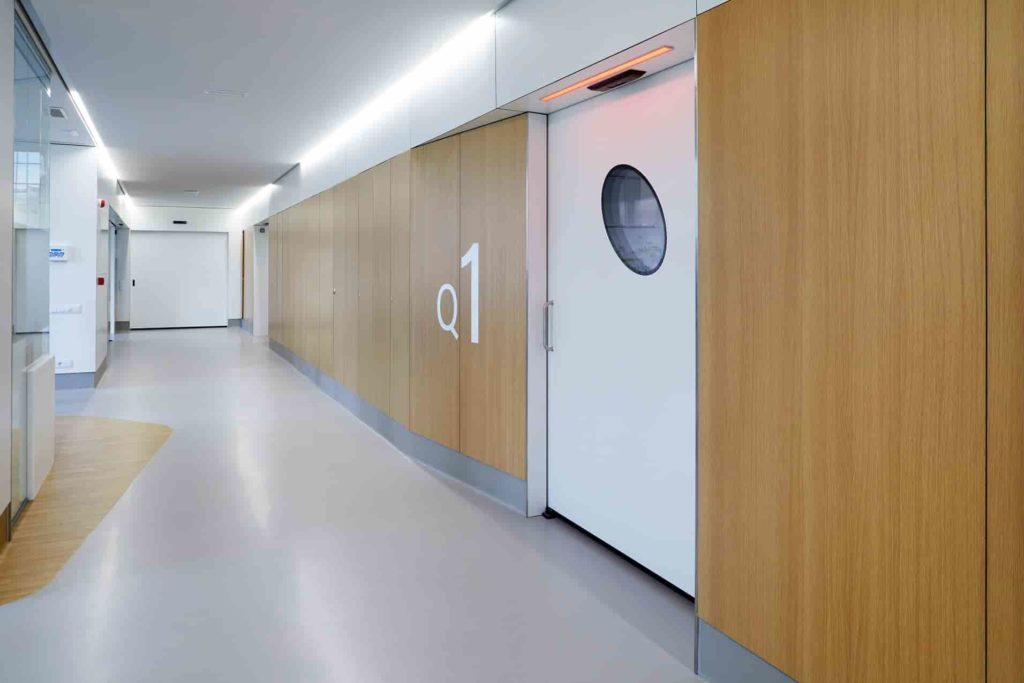Every day, millions of people throughout the world use public transport to travel to work or places of leisure. One of these means of transport is the bus, whether urban, interurban, or over large distances between cities. Many bus stations and bus stops have the Bus Rapid Transit (BRT) system, that helps keep the transit of people fluid and improves their comfort while waiting for the bus.
Between 2007 and 2008 in Mérida (Venezuela), a project was developed to improve the mass transport system in the city. Manusa installed 168 doors along various stations. This improved the experience for travellers. Manusa BRT control systems are designed for intensive use, and are perfectly adaptable to any infrastructure in order to meet the requirements of station bays, causing minimal impact within the architectural complex.
This was a big help for the project designers and architects, since they were able to incorporate automatic doors in the different stations along the whole route. Manusa worked together with the Transmérida operator. It is worth noting that some of the bays have a gradient of up to 3%, so the doors had to adapt to this environment. This was something that was resolved without problems, thanks to Manusa’s technical ability to adapt to all types of environment.
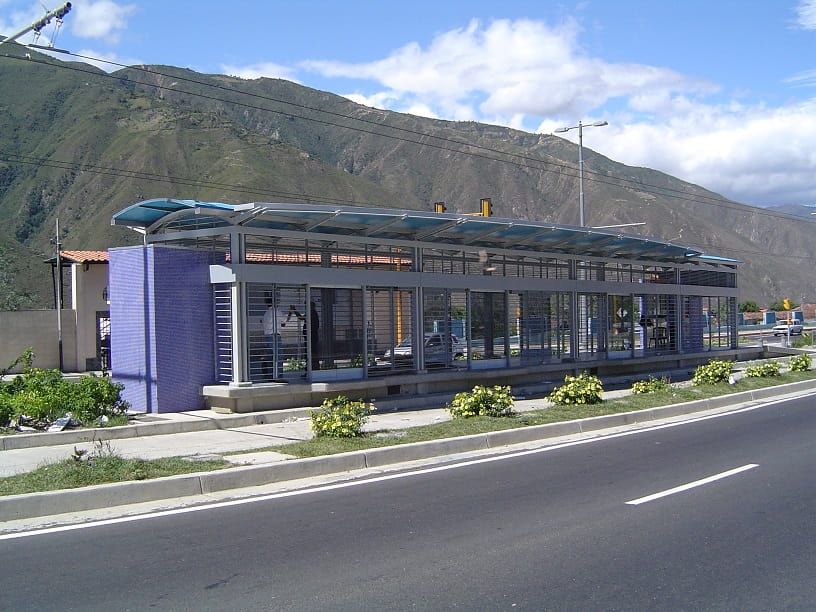
Greater Safety at Bus Stations and Bus Stops
The automatic doors for Bus Rapid Transit systems have been designed to optimise the flow of people in BRT stations. The aim is to improve the safety and functionality of these spaces, offering elegant and quality doors, suitable for intensive use whilst requiring little maintenance. It is integrated in a control and management system that synchronises opening and closing, both in the bay and the vehicle, allowing passengers to pass through in a coordinated and safe manner.
The Manusa BRT system can be scaled to meet any automation, control or safety requirements. Each project can be tailored and expanded to adapt to the growth of the BRT system.
Manusa doors in BRT guarantee passenger safety, allowing coordinated access to the trolleybuses while preventing accidents. Mérida, in Venezuela, is a city where passengers can already enjoy this system.
